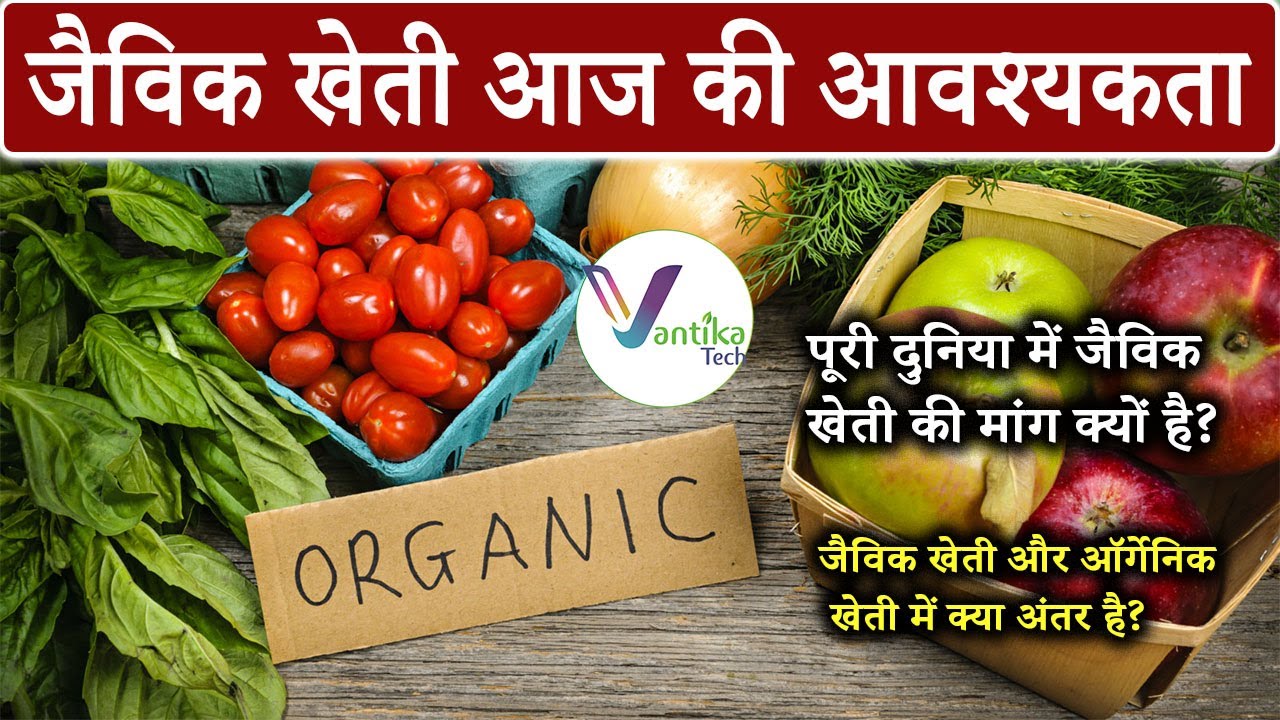The world has seen a significant shift in the way agriculture is practiced over the years. With the advancement in technology, modern agriculture has taken the forefront, with traditional farming practices being replaced by more sophisticated methods. The use of technology in agriculture has brought about tremendous benefits to the industry, including increased productivity, cost-effectiveness, and sustainability. In this article, we will explore the role of technology in modern agriculture.
Precision farming is one of the areas where technology has revolutionized agriculture. Precision farming involves the use of sensors and analytics data to create precise maps of their fields, identifying areas where crops may be underperforming and making adjustments accordingly to monitor crop growth, soil moisture levels, and weather patterns. With this technology, farmers can monitor crop growth and predict yields accurately. This information helps farmers to optimize inputs such as water, fertilizer, and pesticides, leading to higher crop yields and lower costs.
Biotechnology: Biotechnology is playing an increasingly important role in modern agriculture. Genetic engineering has allowed scientists to create crops that are more resistant to pests and disease, tolerate extreme weather conditions, and have higher nutritional content. Biotechnology has also enabled the development of new crops such as biofuels, which can be used to power machinery and reduce reliance on fossil fuels.
Crop breeding has been a vital component of agriculture for thousands of years, but recent advancements in genetic engineering have allowed for more precise modifications of crops. The development of genetically modified organisms (GMOs) has led to crops with enhanced traits such as pest resistance, drought tolerance, and higher yields. While GMOs remain controversial in some circles, they have also been credited with helping farmers reduce their use of pesticides and herbicides, as well as increasing the overall productivity of farms.
Another area where technology has played a significant role is in the development of genetically modified crops. These crops have been engineered to resist pests and diseases, reduce the need for pesticides and herbicides, and tolerate adverse weather conditions such as drought. This technology has helped to increase yields and reduce the environmental impact of agriculture.
Smart irrigation systems are another example of technology in modern agriculture. These systems use sensors and weather data to optimize irrigation, reducing water wastage and improving crop yields. Smart irrigation systems are particularly beneficial in areas with water shortages, where they can help farmers to maximize their water usage. The use of mobile apps and cloud-based platforms has also transformed agriculture. Farmers can now access real-time data on crop prices, weather patterns, and market trends. This information helps them to make informed decisions on planting, harvesting, and selling their crops.
Automated Machinery: Modern agriculture has also benefited from advancements in automation technology. Automated machinery such as tractors, planters, and harvesters have greatly improved efficiency on the farm. With GPS technology and precision sensors, these machines can work more accurately and quickly than ever before, reducing labor costs and increasing productivity. Additionally, automated machinery can be programmed to optimize inputs such as seed and fertilizer, reducing waste and environmental impact.
Robotics: Robotics is another technology that is becoming increasingly important in modern agriculture. From weeding and pruning to harvesting, robots can perform a wide range of tasks on the farm. Robotic systems such as automated weeders can help reduce the use of herbicides, while robotic harvesters can improve efficiency and reduce labor costs. In the future, robots may even be able to perform tasks such as pollination, which is currently done by bees.
Agricultural Drones: Drones are increasingly being used in agriculture for tasks such as crop mapping, soil analysis, and even crop dusting. These unmanned aerial vehicles can provide farmers with detailed images and data about their fields, allowing them to make more informed decisions about crop management. The use of drones in agriculture has also gained popularity in recent years. Drones equipped with cameras and sensors can be used to monitor crop growth, soil moisture levels, and plant health. This information is then used to create maps that help farmers to identify areas that need attention. Drones can also be used to spray pesticides and fertilizers, reducing the amount of chemicals that are applied to crops.
Indoor Farming: Indoor farming is a growing trend in agriculture, particularly in urban areas where space is limited. By using hydroponics, aeroponics, and other technologies, farmers can grow crops in controlled environments without soil, sunlight, or even water. Indoor farming allows for year-round crop production, reduces water usage, and can provide fresh produce to urban areas where it may be difficult to source locally grown food.
Vertical Farming: Vertical farming takes indoor farming to the next level, with crops being grown in vertically stacked layers. This technique allows for even greater space efficiency, as well as the ability to grow crops in areas with limited access to natural light. Vertical farming is also highly customizable, allowing farmers to create optimal growing conditions for each specific crop.
In conclusion, technology has played a significant role in modern agriculture, and its impact is only set to grow in the years to come. These are just a few examples of how technology has transformed the industry. With the world's population expected to reach 9 billion by 2050, technology will be essential in ensuring that we can meet the growing demand for food sustainably.
Thanks for visiting us. Subscribe to us for more agriculture updates.
#AgTech #PrecisionFarming #SmartFarming #SustainableAgriculture #FarmInnovation #DigitalAgriculture #DataDrivenFarming #RoboticsInAgriculture #FutureOfAgriculture #PrecisionAg








No comments:
Post a Comment